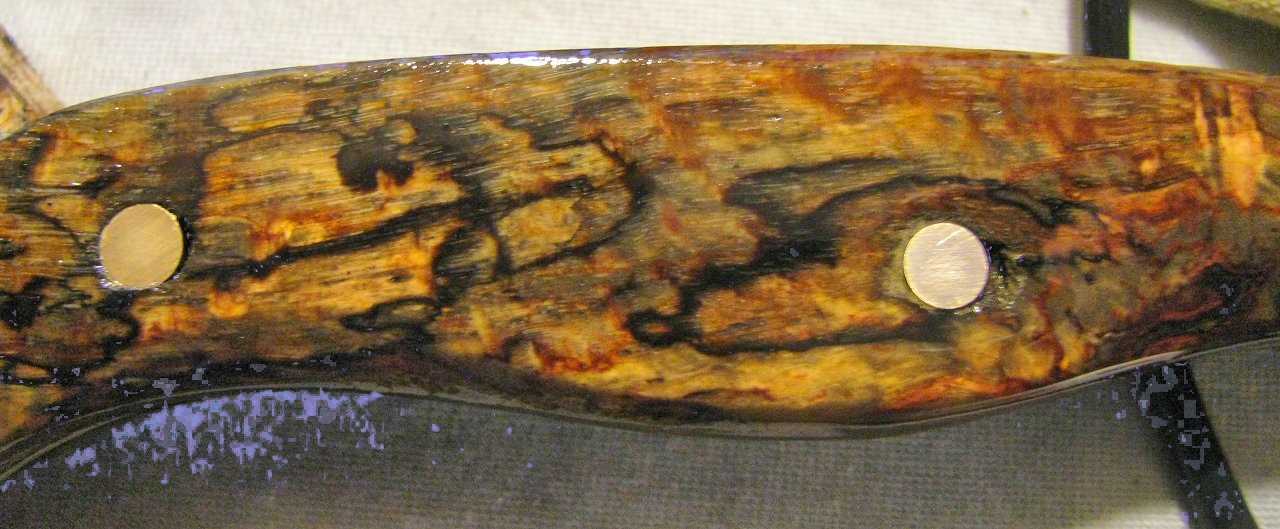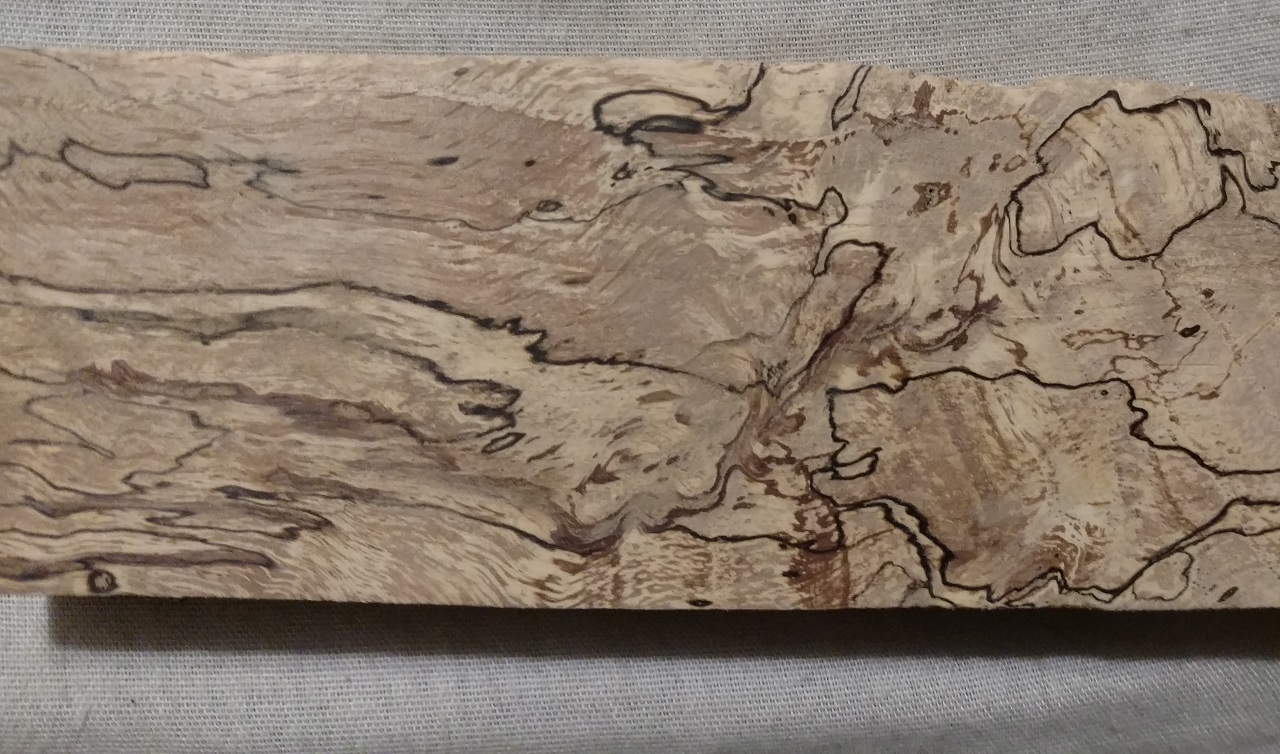Hello, so I want to build a bunker.
Well not really a bunker more of a trench.
My question is this , after I've dug out the actual trench I'm going to lay logs across the top which would sit under a tarp.
I want it to be flat on the surface (not a mound)
So with 3 feet of earth on top of the tarp that is on the logs above the trench.
How thick do the logs have to be to prevent collapse?
Logs will be made of pine and fresh cut and untreated.
They will also be laid next to each other horizontally to cover the trench.
Thinking of makings the trench more of a square if possible so more accommodating.
Possibly 7ft by 7ft
Any help or advice would be great appreciated.
P.s can we not get lost on the design or any other detail, it's the thickness of the logs I'm concerned about.
Well not really a bunker more of a trench.
My question is this , after I've dug out the actual trench I'm going to lay logs across the top which would sit under a tarp.
I want it to be flat on the surface (not a mound)
So with 3 feet of earth on top of the tarp that is on the logs above the trench.
How thick do the logs have to be to prevent collapse?
Logs will be made of pine and fresh cut and untreated.
They will also be laid next to each other horizontally to cover the trench.
Thinking of makings the trench more of a square if possible so more accommodating.
Possibly 7ft by 7ft
Any help or advice would be great appreciated.
P.s can we not get lost on the design or any other detail, it's the thickness of the logs I'm concerned about.























































